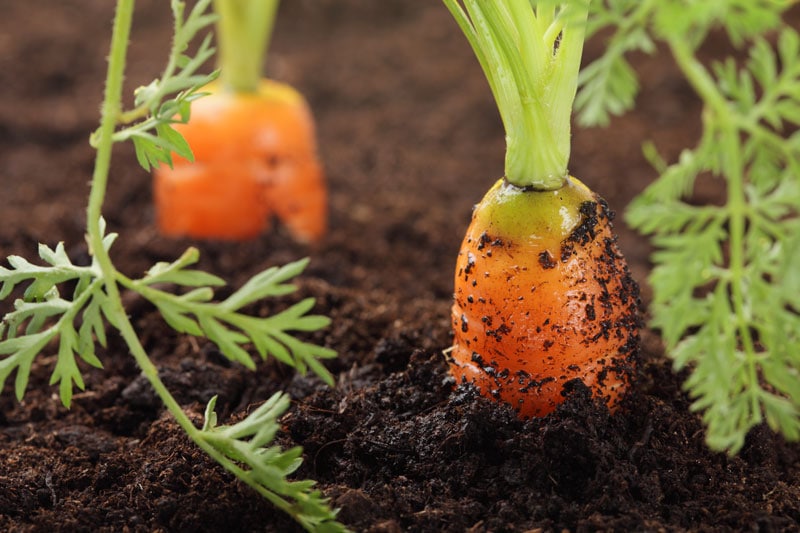

 Add to favorites
Add to favorites
Within the virtual walls of Nouveauraw, I have a category called, “Where Our Food Comes From.” I created this section to shine a spotlight on a particular food or ingredient that we often use in our raw culinary journey. It is something that I have dabbled with for a while, but I decided it was time to ramp up our knowledge base on this matter. Besides, I LOVE to see how food is grown, don’t you? Through this process, I have learned so much, which in turn has deepened my gratitude for the food that sits before me. For fun, look at the following photos, show your kids or loved ones, and ask them if they know what type of food it is? (answers below)
Growing up, you may have been taught about money and the fact that it doesn’t grow on trees. I heard this a few times (wink) as we strolled through the store, and like a broken record, I kept repeating, “Can I get this? Can I have that? Why can’t I have that? Why can’t I have this?” It was usually followed by, “NO! Money doesn’t grow on trees.” At least I grew up with that understanding (haha), but why was it that I was never taught about where our food comes from?
In this day and age, a lot of kids (even adults) don’t even know what’s IN their food due to eating a heavily processed diet. We are up against a multi-billion dollar advertising industry that is working hard to pack more garbage (convenience) foods into us to make a profit. Unfortunately, as a result, we have fallen away from what is pure, what is healthy, and what is whole. If you were to ask kids these days where almonds come from, they answer, “The grocery store.” If we ask someone if they knew how figs were pollinated… they would just stare right through you. How is it that we have become so disconnected from our food?
If you are lucky enough to grow a few of your own foods, don’t miss the unique opportunity to use it as a teaching tool. Nothing will better encourage our loved ones to try and then choose healthier versions of foods. I mean, really, what’s more, exciting than seeing a lettuce plant grow from a seed? Or pulling a carrot from the ground, rinsing it off, and taking a bite? I realize this isn’t always feasible for some of us, but that doesn’t mean we have to stop educating ourselves about where our foods come from.

When we learn to transform individual ingredients into meals, there is another great opportunity that shouldn’t be missed… use this time to learn and share about where our food comes from. Trust me, a greater appreciation for what we are eating will be enhanced with gratitude and thankfulness… pile that on with the nutrients of the whole foods, and you have a plate that will nourish not only your body but also your soul.
Consider eating one “seasonal” meal each week. Such a meal is made by only using fruits and vegetables that are in season, not grown in different climates, and shipped from far away. You can’t always go by when it is in the produce section at the grocery store. The apples you see on the shelf have most likely been in storage for up to a year! Read up on seasonal produce. Print out a list and tape it to the fridge.
By supporting farmer’s markets or by joining a CSA (community-supported agriculture), you can rest assured that you will be eating what’s in season because they typically only carry seasonal items. So go ahead and visit the local farmers market with your children or loved ones. While they probably won’t get to see where it is grown, they will most likely see unpackaged foods that they are unfamiliar with. Use this as an opportunity to talk to the farmers, ask questions; this is their life and passion… draw from it!
And if these options are not available to you, come here and check out my “Where Our Food Comes From” category, and hopefully, I will have what you are looking for. Read, share, and enjoy the foods that you eat! I will be releasing a post every Wednesday, covering a new food item. So far, you will be receiving these up until the end of February 2019! But don’t be surprised if more follow… I am fascinated by this topic. Have a blessed day! amie sue
Answers – Starting from the top left: lychee fruit, macadamia nuts, star fruit, figs, pomelos, and papaya.
Thank you so much!!!!! I can’t wait! Figs! I’m anticipating the truth on figs… though I’ve heard the rumors I still eat them from our neighborhood trees because they are sooooo yummy.
I love your excitement Maureen :) I have thoroughly enjoyed this segment. I hope you do too! blessings and hugs, amie sue